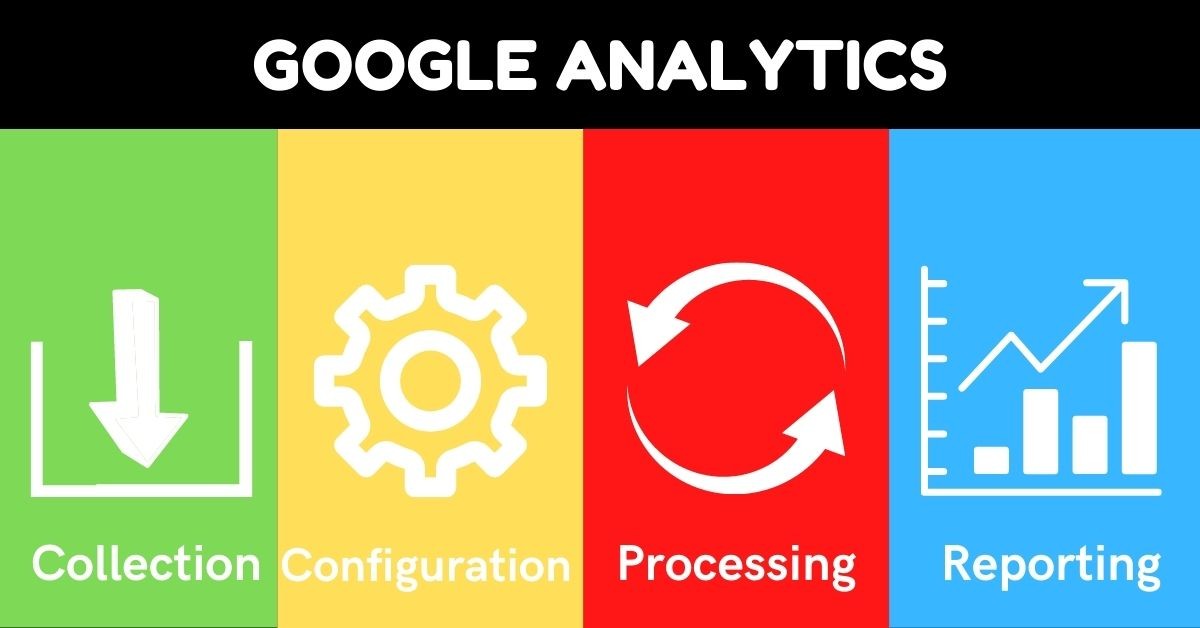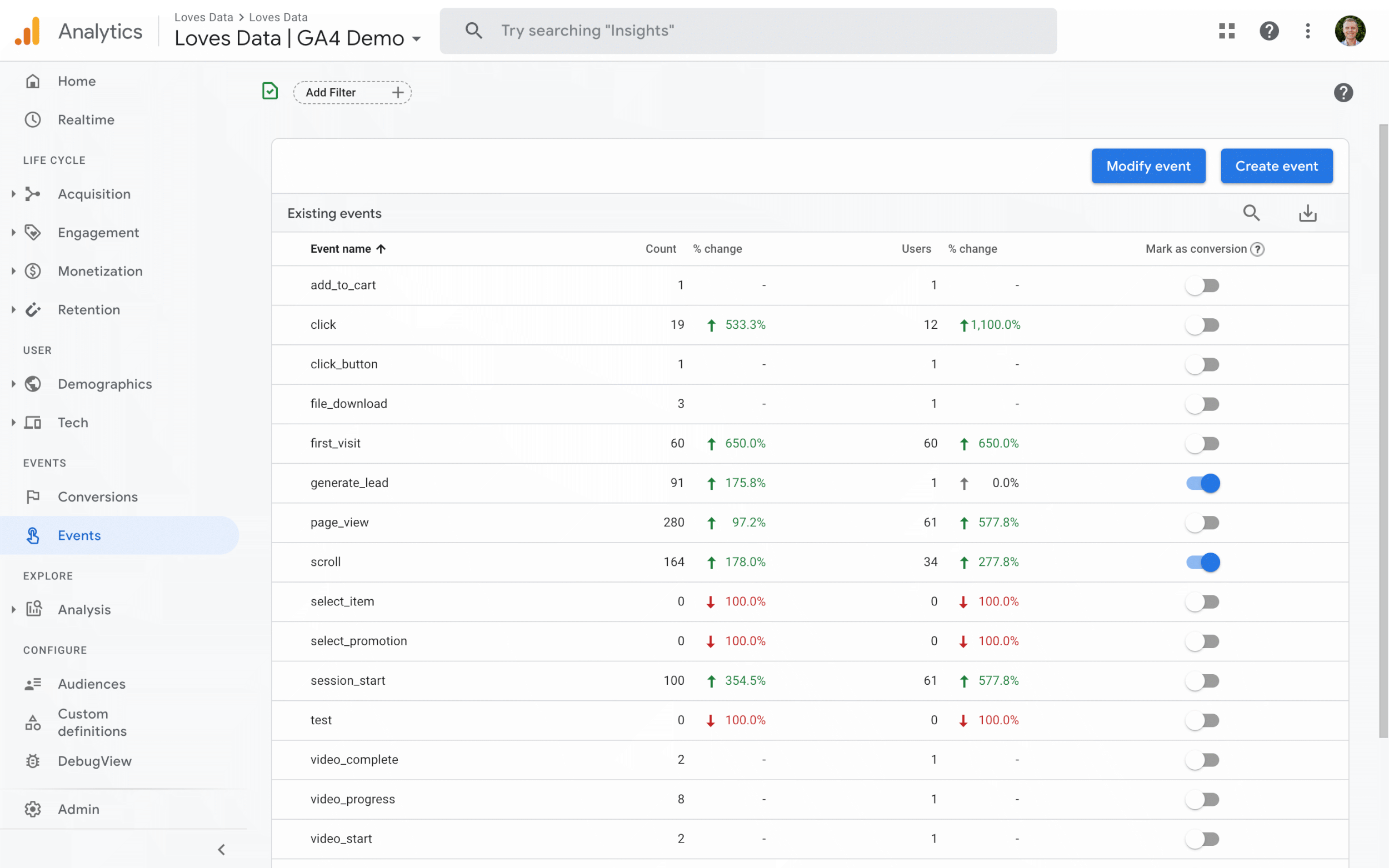Master Site Insights With Accurate Google Analytics Monitoring Code
The reliable application of Google Analytics hinges on the exact execution of its tracking code, a basic step usually overlooked by website owners. This seemingly simple JavaScript bit, when correctly placed, comes to be the backbone of data collection, supplying understandings into customer behavior and site performance. Nonetheless, obstacles can emerge throughout configuration, potentially skewing the information and bring about mistaken decisions. Understanding these intricacies is important for optimizing the benefits of analytics. What are the common challenges that could threaten your tracking initiatives, and exactly how can you guarantee accuracy in your strategy?
Comprehending Google Analytics Fundamentals
Google Analytics is a crucial tool for web site owners and online marketers, offering very useful insights right into customer behavior and website performance. At its core, Google Analytics accumulates data regarding visitors to a website, permitting customers to evaluate metrics such as web traffic resources, user interaction, and conversion prices. Understanding these basics is critical for enhancing a web site's performance and enhancing individual experience.
The system employs cookies to track interactions, recording data such as web page sights, session durations, and bounce rates. This info is accumulated and offered via customizable dashboards, allowing individuals to picture fads with time. Key performance indicators (KPIs) can be checked, such as the complete variety of users, new versus returning visitors, and the geographic distribution of the audience.
Furthermore, Google Analytics uses division attributes, allowing users to isolate specific traffic sources or customer demographics for even more targeted evaluation. By understanding these foundational components, web site proprietors can make educated decisions concerning web content method, advertising and marketing projects, and general website enhancements. Eventually, comprehending Google Analytics basics is vital for leveraging information to drive growth and achieve business purposes properly.
Establishing Up Your Tracking Code

Duplicate the supplied tracking code and paste it into the HTML of your site. This makes sure that the monitoring code lots before any other content, enabling it to catch data accurately.
After installation, verify that the tracking code is working properly by utilizing Google Tag Aide or the Real-Time reports in Google Analytics - when does the google analytics tracking code send an event hit to analytics?. This action is important to confirm that your information collection is exact and energetic, setting the structure for insightful evaluation
Typical Monitoring Code Issues
Lots of site proprietors come across common concerns with their Google Analytics tracking code that can impede information collection and analysis. One widespread problem is incorrect installation. This might happen when the monitoring code is positioned in the wrong area of the internet site's HTML, usually leading to missing or insufficient information. In addition, having multiple instances of the tracking code on a solitary web page can cause filled with air metrics, as customer interactions may be counted a lot more than as soon as.
Another issue arises from making use of ad blockers, which can avoid the monitoring code from implementing entirely, therefore skewing information. when does the google analytics tracking code send an event hit to analytics?. In addition, failing to set up filters correctly can result in the exclusion of crucial traffic sources or the addition of unwanted reference spam, misshaping the information accumulated
Internet site proprietors might additionally overlook the significance of tracking code updates, particularly when migrating to Google Analytics 4 (GA4) from Universal Analytics. Finally, insufficient screening before introducing adjustments can result in undiscovered errors in the my response monitoring code, better complicating data reliability. Resolving these typical concerns is crucial for making sure accurate monitoring and informative analytics.
Analyzing Internet Site Information Successfully
Exact information collection is just the initial step in leveraging Google Analytics; the genuine value depends on effectively examining that data to drive informed decision-making. To achieve this, it is vital to determine essential efficiency indications (KPIs) that align with your service objectives. Concentrate on metrics such as conversion prices, individual interaction, and web traffic resources, as these will certainly give insights into customer behavior and the overall effectiveness of your website.
Using Google Analytics' segmentation features permits for a deeper understanding of your target market. By breaking down data into specific demographics, behaviors, and web traffic networks, you can discover trends and patterns that notify targeted approaches. Executing personalized records and dashboards can improve this this page process, allowing fast accessibility to pertinent data.
Moreover, routinely evaluating information trends over time assists to identify abnormalities and possibilities for enhancement. Use visualization devices to existing data in an easily absorbable style, promoting a lot more efficient communication with stakeholders. Inevitably, the capability to evaluate site information efficiently empowers companies to make tactical choices that enhance customer experience, optimize marketing initiatives, and drive growth.

Ideal Practices for Accurate Monitoring
Applying effective tracking practices is critical for obtaining reliable information in Google Analytics. To make sure exact tracking, begin by correctly mounting the Google Analytics tracking code on every page of your website. This can be achieved via a tag manager or by straight installing the code right into the HTML.
Next, configure your Google Analytics account to leave out internal web traffic. This can be done by establishing filters that recognize and eliminate sees from your organization's IP address, thus stopping manipulated data. Additionally, make use of event tracking to keep an eye on specific customer communications, such as downloads or video clip plays, which basic page sights may ignore.
Frequently examine your monitoring setup to confirm that all functions, such as goals and ecommerce monitoring, are operating effectively. Establish a constant naming convention for your occasions and projects to help with much easier coverage and evaluation.
Finally, consider leveraging UTM criteria for projects to obtain understandings into the performance of different advertising and marketing efforts. By complying with these ideal methods, you can improve the precision of your information collection and evaluation, inevitably resulting in more educated decision-making for your internet site.
Final Thought
Exact application of the Google Analytics tracking code is essential for mastering website insights. By ensuring the tracking code is properly placed and regularly examined, internet site proprietors can capture crucial user click over here communication data, therefore assisting in the identification of crucial performance indications. Efficient evaluation of this data, combined with adherence to ideal techniques, allows notified decision-making and the optimization of on the internet methods. Eventually, a durable tracking structure improves the capability to drive involvement and boost general website efficiency.

Inadequate testing before launching changes can result in unseen mistakes in the tracking code, further complicating data integrity.Implementing reliable monitoring methods is critical for obtaining dependable information in Google Analytics. By guaranteeing the monitoring code is appropriately placed and consistently audited, web site proprietors can record essential user communication data, therefore promoting the recognition of crucial performance signs.